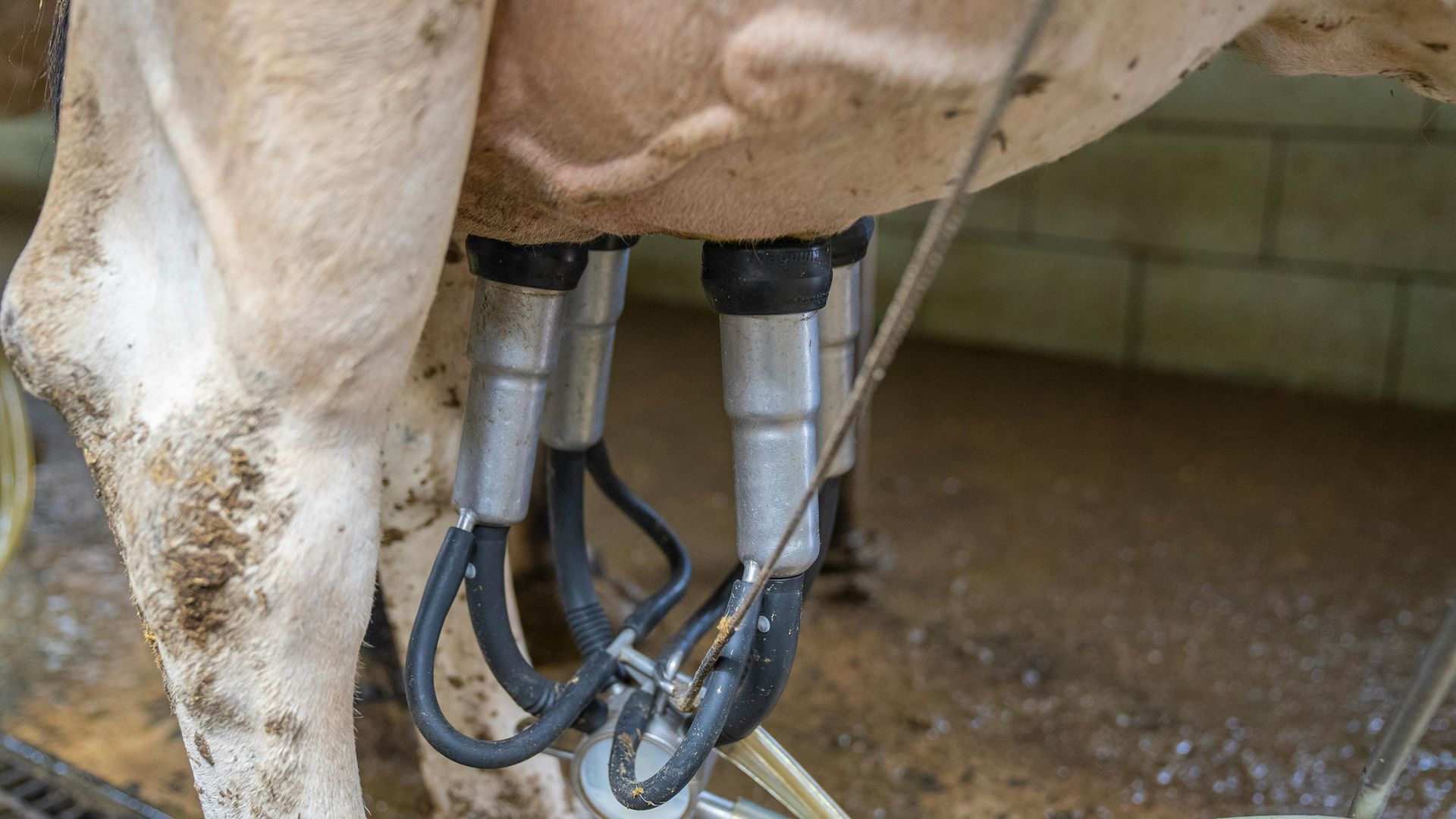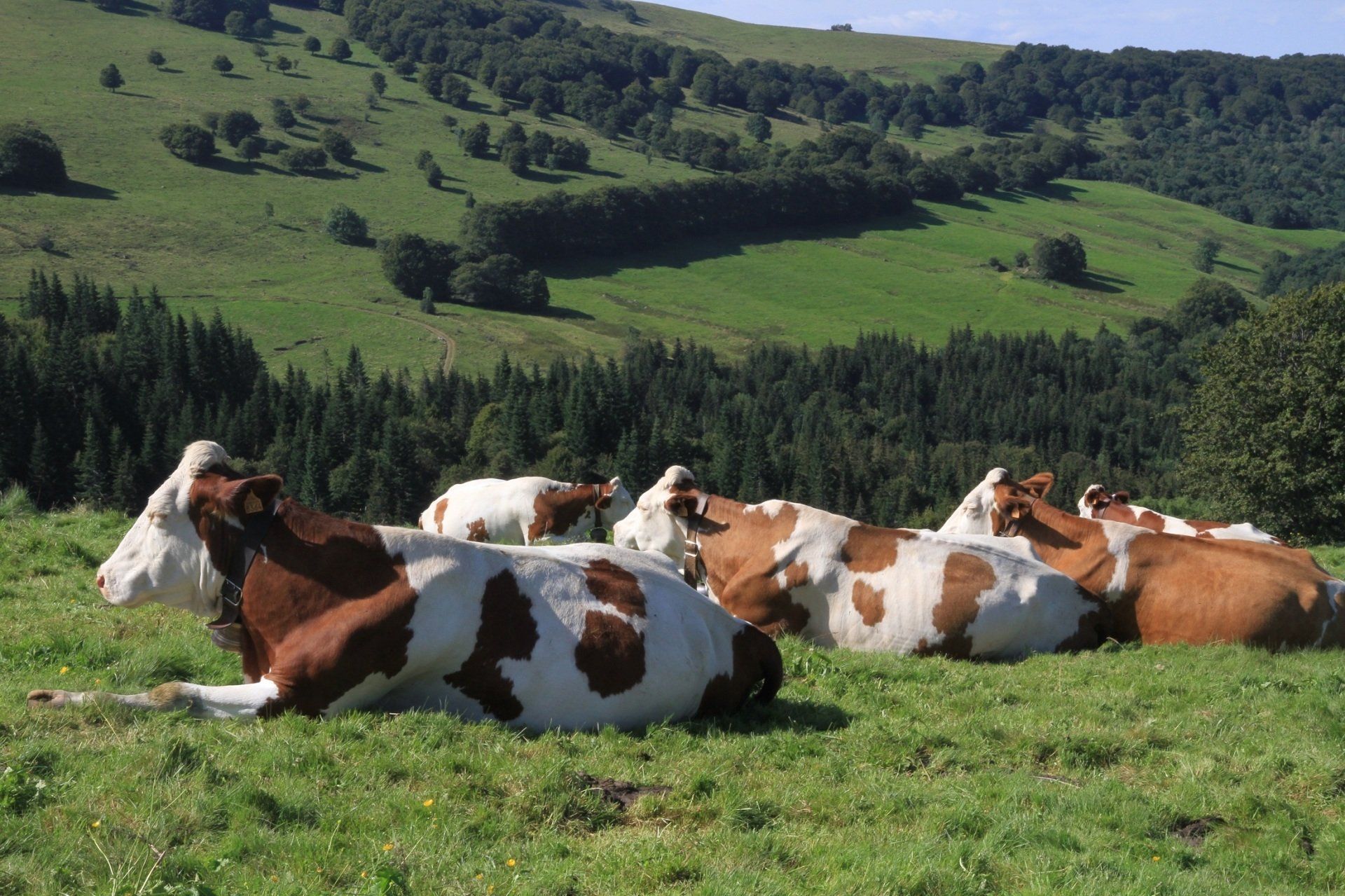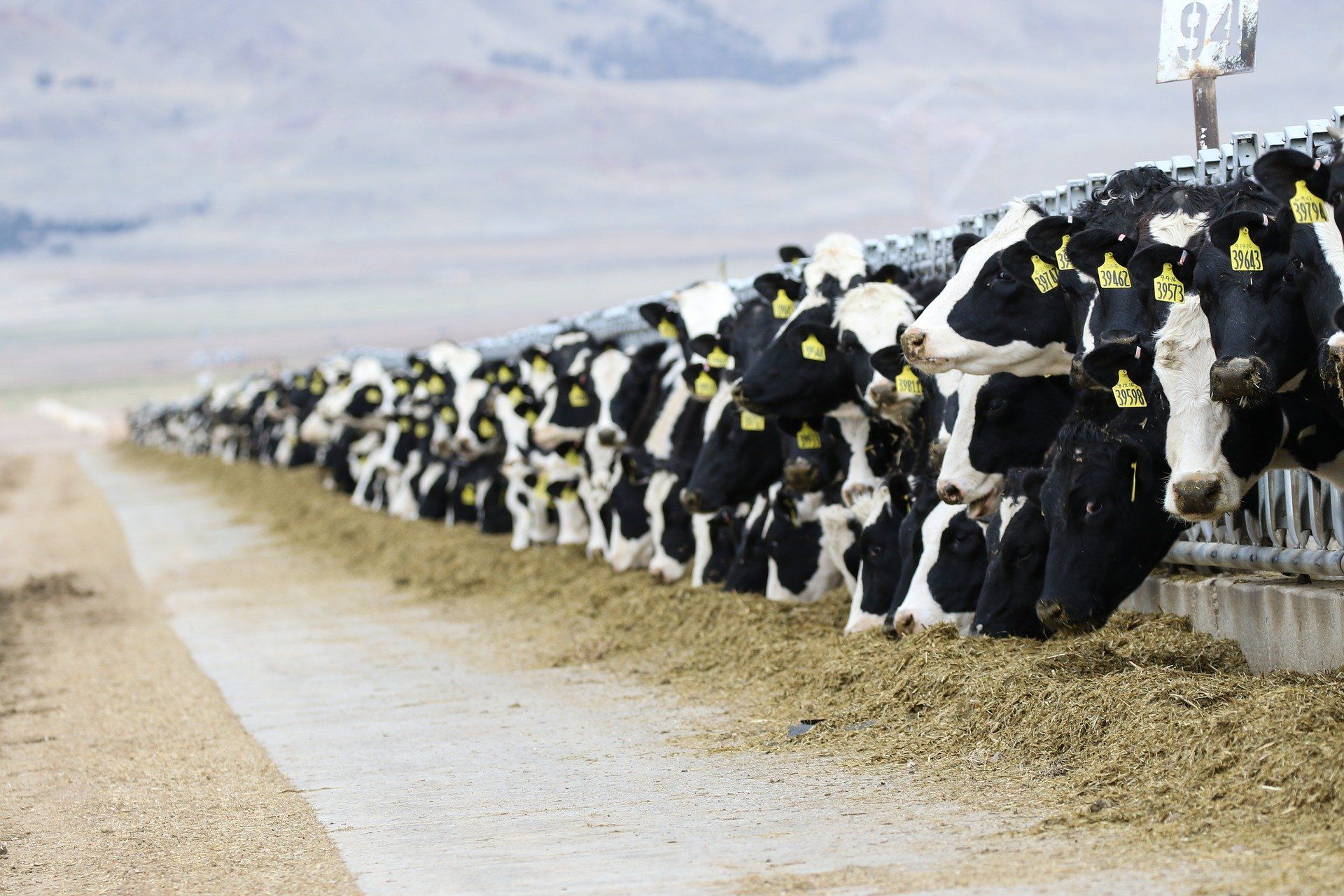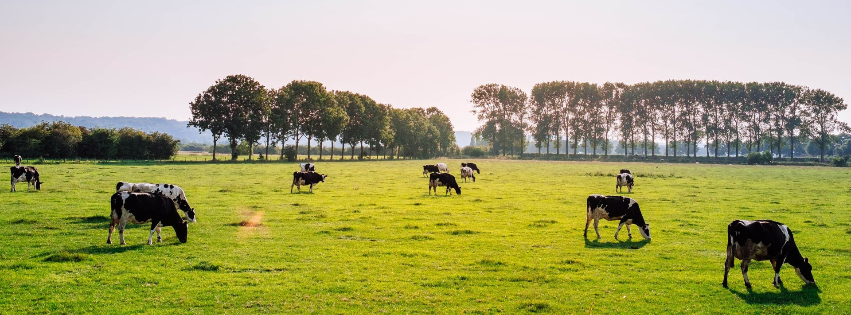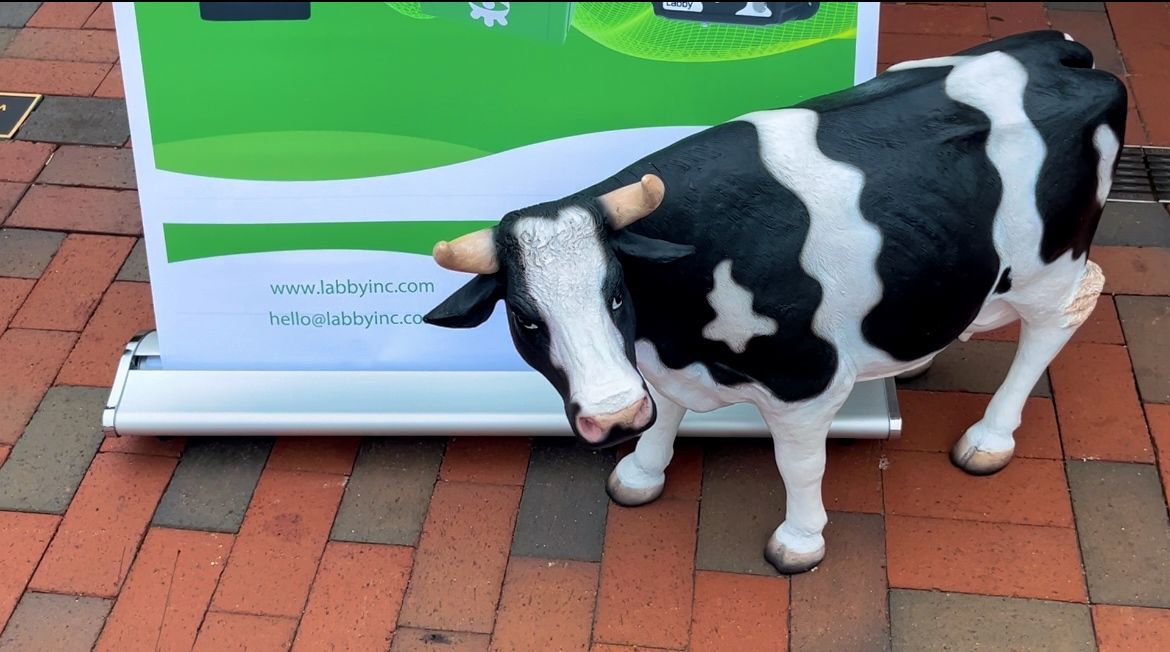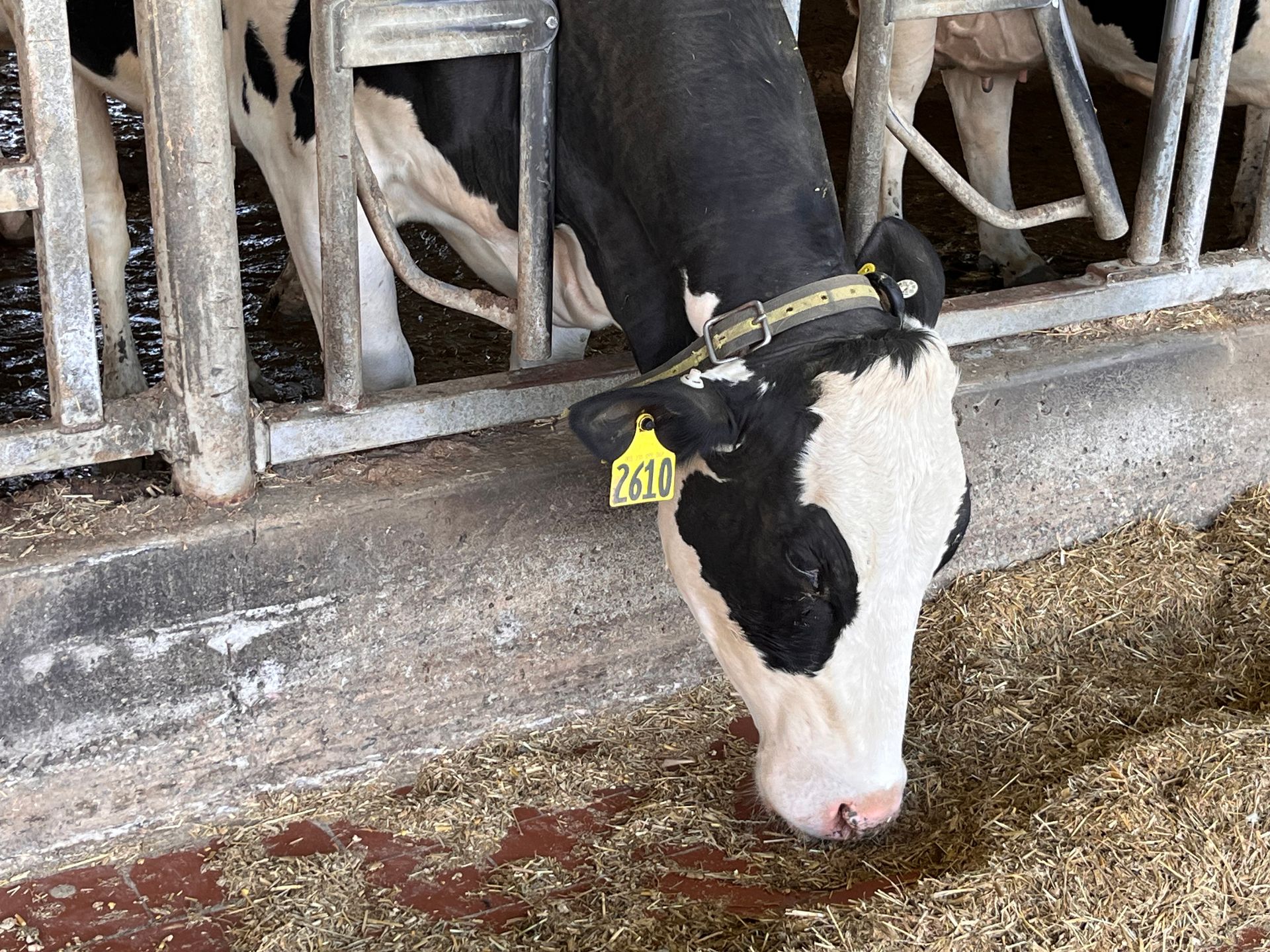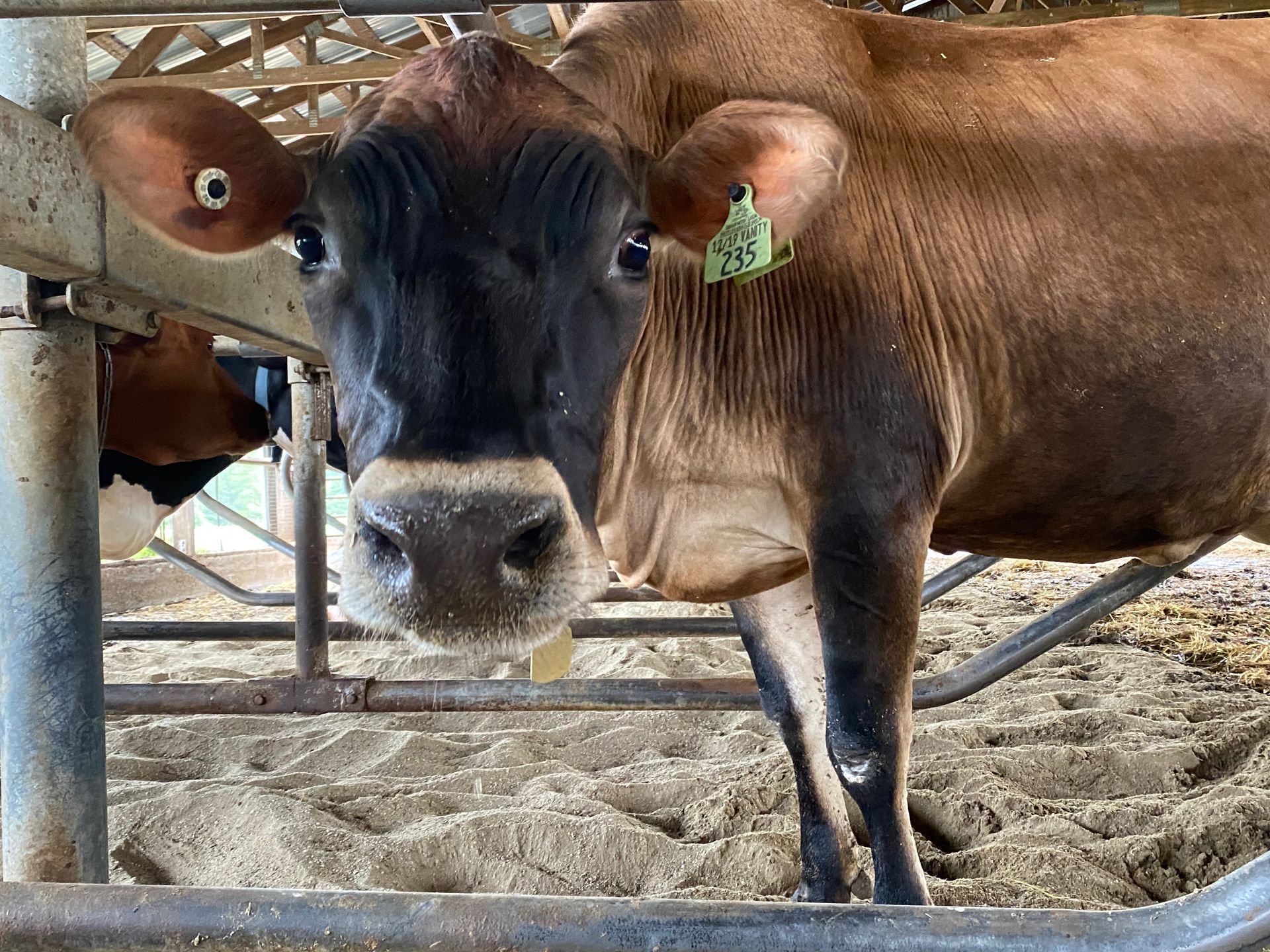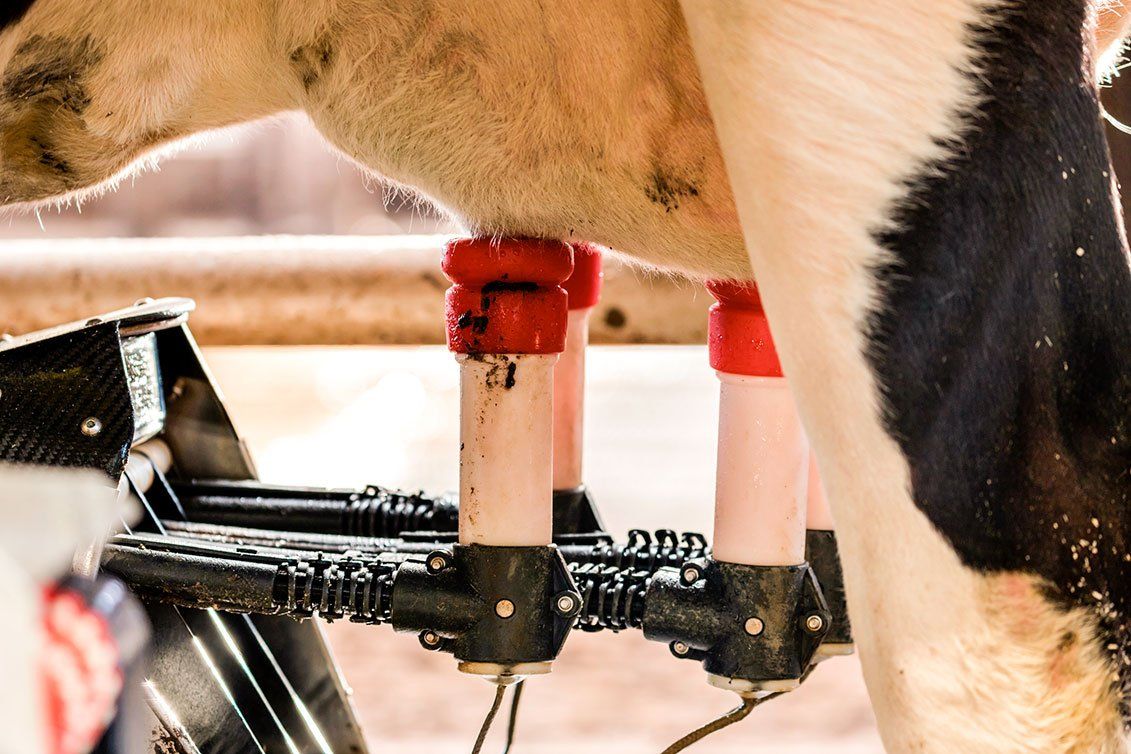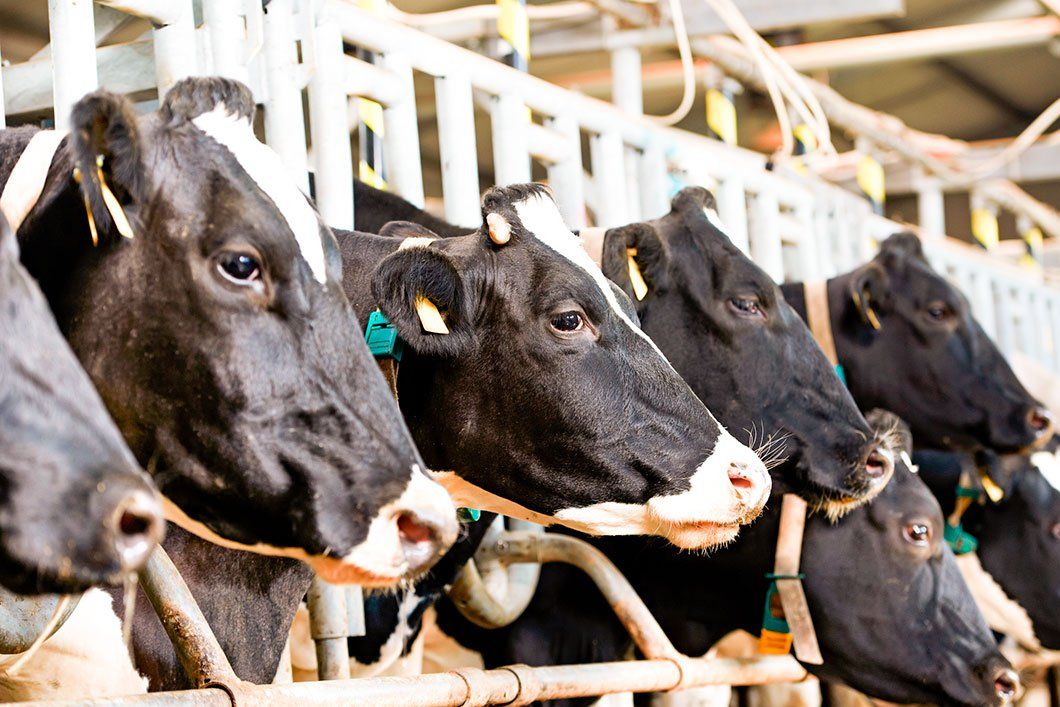Farmers Know the Future
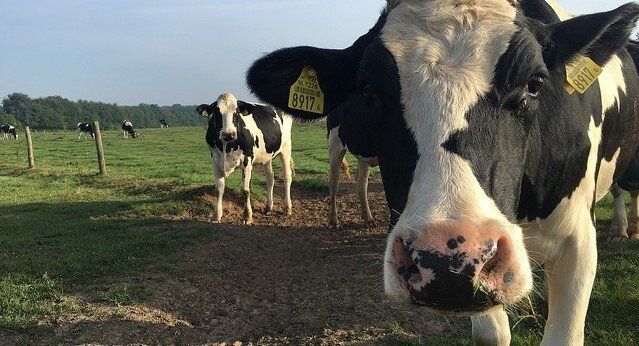
In the past few weeks since my last vlog, I have visited a few more states and talked to farmers from across the country about the technology that they use and the future of the dairy industry. While every farm operates differently the one thing that I have been able to conclude is that every farmer wants more data for each of their cows. More individualized data on the farm means that sick cows are treated faster, animals are grouped better to be given a more individualized diet, and fewer resources and time are wasted.
Different groups of cattle can be identified all over the farm. Over the years these groups have continued to become more specific. Now instead of the lactating group cows are managed as a fresh group, high group, or low group. If the herd is big enough divisions can continue to occur separating by lactation as well as many other factors. All of this is to say that the more specific that we can make a group of cattle, the better the care. This is why individual cow data has become so valuable. Managers that I have talked to in the last few weeks are craving this data because it means that cows do not fall through the cracks. Even when specific groups are made there are always cows that have subclinical issues that are difficult to find. With no outward signs, you have to look into the cow to find these issues. This is where individual cow sensors come into play. They allow producers to generate real-time data that can predict disease before it becomes a bigger issue for the cow and can find subclinical disorders otherwise not visible to the outside eye.
Metabolic disorders in fresh cows are a huge battle that the industry as a whole has to take on. Often these issues snowball into further problems down the road. Being able to have indicators like fat, protein, and SCC daily for individual cows allows you to keep up with your herd's rumen health, udder health, and energy balance. These three indicators can all be used to catch things like acidosis, ketosis, and mastitis before it becomes a bigger issue in the herd. Being able to monitor the linkage between milk production and the forages given to individual cows is critical to determine where cattle diets may be deficient or need adjustments. Seeing changes in fat and protein percentages and ratios can indicate that changes need to be made. SCC is the very well-known industry standard for mastitis detection. Being able to detect an increase in SCC on day one and get a sample to the lab faster is critical to make sure that mastitis does not create a lasting impact on that cow.
In talking to farmers recently I have acknowledged a need for more individual cow data points to allow the herd manager to succeed with every cow and not the majority of the herd. Being able to pinpoint problem animals before a real issue arises is the future of the industry and where every producer has their eyes set. As always, happy healthy cows make the highest quality milk and, being able to predict disease is the first step in stopping it faster.

